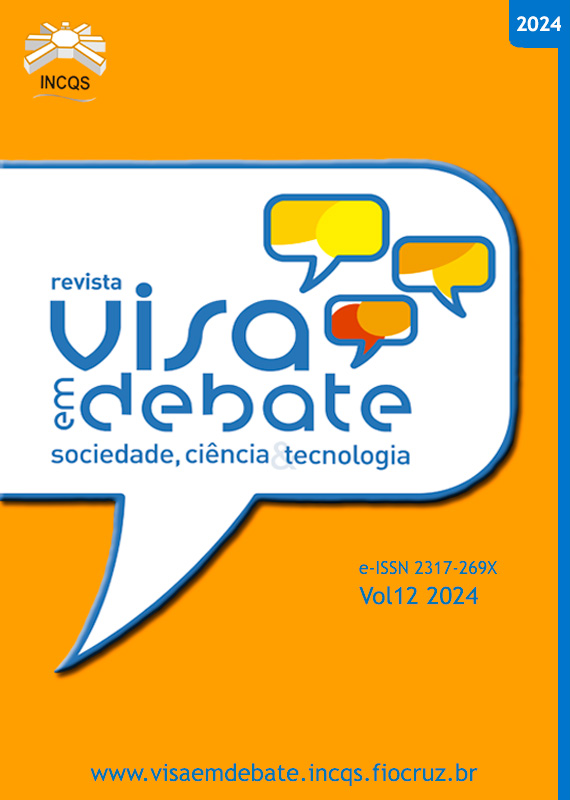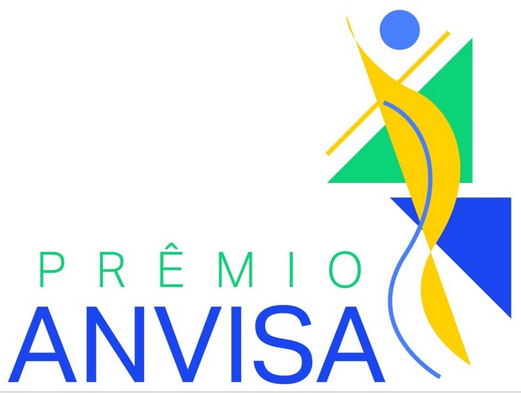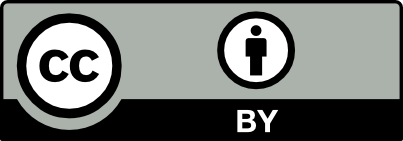Profile of prescriptions for anabolic herbal medicines marketed by a magistral pharmacy in Rio de Janeiro
Vigil Sanit Debate, Rio de Janeiro, 2024, v.12: e02156 | Published on: 17/07/2024
DOI:
https://doi.org/10.22239/2317-269X.02156Keywords:
Phytotherapeutic Drugs, Doping, Anabolic Agents, Testosterone, Ergogenic EffectAbstract
Introduction: Since antiquity, humans have used plants for various purposes, including improving physical performance. However, in recent years, the search for herbal medicines aimed at mimicking the anabolic effect, with lower health risks and without being detected in doping control, has sparked the interest of athletes and gym users. Objective: To evaluate which herbal drugs with possible androgenic activity are prescribed as magistral formulations in the city of Rio de Janeiro. Method: Data from 10,276 prescriptions recorded in the database of a network of compounding pharmacies located in the city of Rio de Janeiro between January and December 2020 were collected and analyzed. The prescribed and dispensed formulations contained Ajuga turkestanica, Cyanotis vaga, Eurycoma longifolia, Lepidium meyenii, Mucuna pruriens, Tribulus terrestris, Trigonella foenum-graecum, and Withania somnifera. Results: Most prescriptions (57.0%) were for women, prescribed by specialists in orthomolecular medicine (38.0%), and only 4.0% of prescriptions were prescribed by nutritionists. Regarding the types of medications, 8,116 prescriptions (79.0%) were formulations of combinations of one or more anabolic herbal drugs with pharmaceuticals. M. pruriens was the most prescribed herbal drug (29.0%), with or without combination. Conclusions: Most of the prescribed plants still do not have proven efficacy and safety regarding anabolic action; therefore more clinical studies are necessary to determine the possible drug interactions and adverse effects of these herbal drugs.
Downloads
Downloads
Published
Issue
Section
License
Copyright (c) 2024 Health Surveillance under Debate: Society, Science & Technology

This work is licensed under a Creative Commons Attribution 4.0 International License.
COPYRIGHT ALLOWANCE The author (s) hereinafter designated as the ASSIGNOR hereby assign and transfer, free of charge, the ownership of the copyrights related to this ARTICLE to the Vigilância Sanitária em Debate: Sociedade, Ciência & Tecnologia (Health Surveillance under Debate: Society, Science & Technology) – Visa em Debate, represented by FUNDAÇÃO OSWALDO CRUZ, established at Av. Brasil, nº 4365, Manguinhos, Rio de Janeiro, RJ, Brazil, CEP 21045-900, under the conditions set out below: (a) The terms and conditions set forth in this Agreement shall apply to the following: 1. The ASSIGNOR declares that they s(he) is (are) the author (s) and owner (s) of the copyrighted property of the ARTICLE submitted. 2. The ASSIGNOR declares that the ARTICLE does not infringe the copyrights and / or other property rights of third parties, that the disclosure of images (if any) has been authorized and that they s(he) assume(s) full moral and / or property liability for its content, before third parties. 3. THE ASSIGNOR assigns and transfers all copyrights relating to the ARTICLE to the ASSIGNEE, especially the rights of editing, publication, translation into another language and reproduction by any process or technique. The ASSIGNEE becomes the exclusive owner of the rights related to the ARTICLE, and any reproduction, totally or partially, is prohibited in any other means of publicity, printed or electronic, without prior written authorization from the ASSIGNEE. 4. The assignment is free and, therefore, there will be no remuneration for the use of the ARTICLE by the ASSIGNEE.







